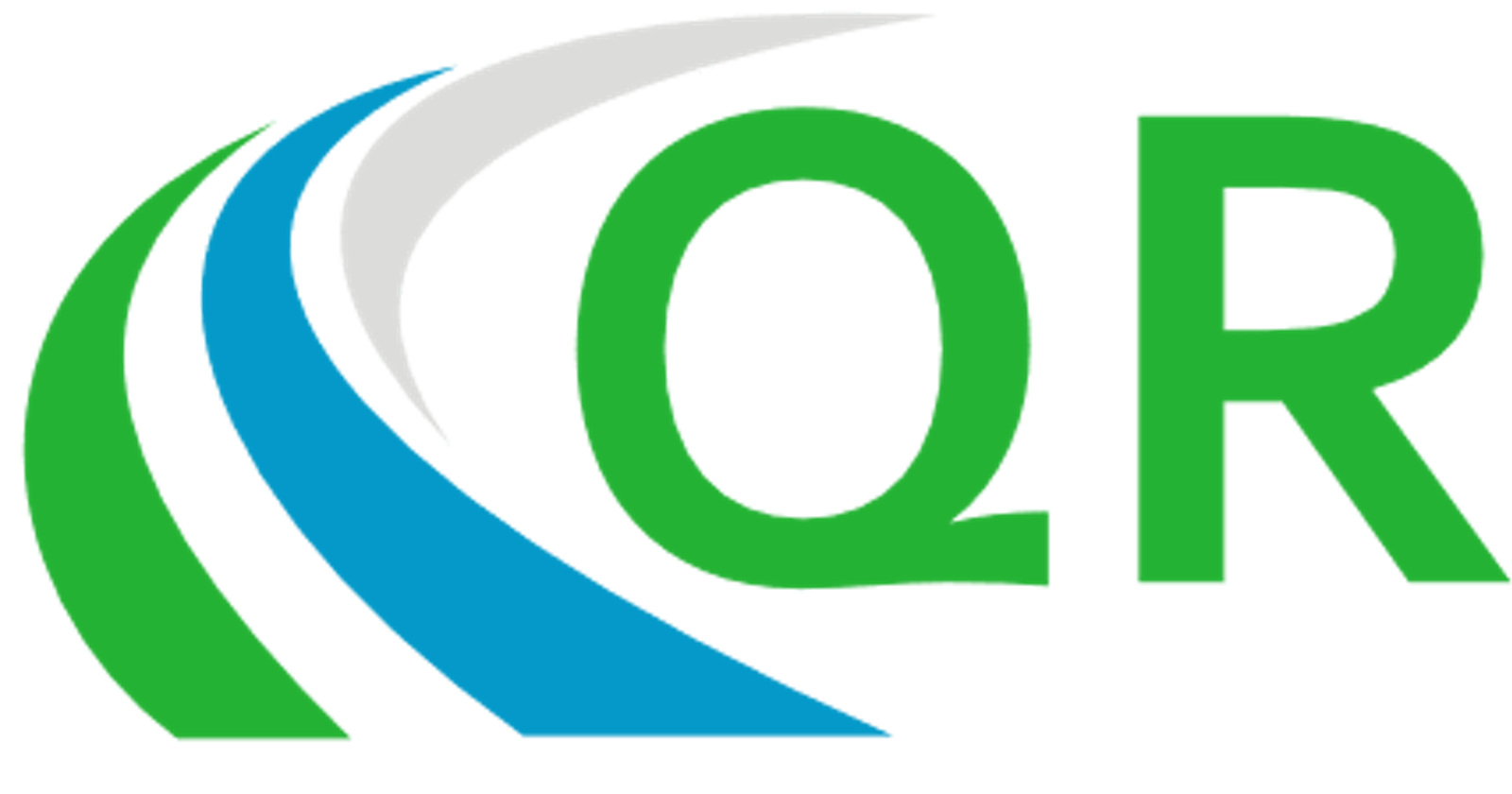Transportation is the lifeblood of many industries, and efficient route planning is crucial for ensuring timely deliveries, reducing operational costs, and enhancing overall customer satisfaction. In the modern era, businesses are turning to advanced solutions, such as Transport Management Systems (TMS), to streamline and optimize their transportation operations.
Introduction
In the fast-paced world of logistics and supply chain management, the traditional methods of manual route planning are becoming increasingly inadequate. The need for precision, speed, and cost-effectiveness has led to the widespread adoption of TMS, revolutionizing the way businesses approach route planning.
Challenges in Traditional Route Planning
Manual route planning often results in inefficiencies, leading to increased fuel costs, longer delivery times, and a higher margin of error. These challenges are magnified as businesses scale, necessitating a shift towards more advanced and automated solutions.
The Role of Transport Management System (TMS)
A Paratransit routing software is a comprehensive solution that automates and optimizes various aspects of transportation, with a primary focus on route planning. TMS goes beyond traditional methods, leveraging technology to enhance decision-making processes and improve overall efficiency.
Benefits of Automated Route Planning
One of the significant advantages of implementing Transportation scheduling software is the reduction in operational costs through optimized route planning. By analyzing factors such as traffic patterns, vehicle capacity, and delivery priorities in real-time, TMS ensures that vehicles take the most efficient routes, minimizing fuel consumption and reducing transportation expenses.
Future Trends in Route Planning Technology
QRyde route planning technology is continually evolving. Artificial Intelligence (AI) and machine learning are being integrated into TMS, enabling systems to learn from historical data and make predictions for future routes. The advent of the Internet of Things (IoT) further contributes to smart logistics, providing real-time insights into vehicle conditions and environmental factors.
Environmental Impact and Sustainability
Beyond operational efficiency, Transit scheduling software contributes to sustainability efforts by reducing the carbon footprint of transportation. By optimizing routes and minimizing fuel consumption, businesses can align their logistics operations with environmentally friendly practices, meeting the growing demand for sustainable business solutions.
Considerations for Choosing a TMS
Selecting the right TMS is a critical decision for businesses. Factors such as scalability, flexibility, and the ability to integrate with existing systems should be considered. QRyde well-chosen TMS should align with the specific needs and future growth plans of the business.
Conclusion
In conclusion, the adoption of a Public transit scheduling software represents a paradigm shift in route planning for businesses. The benefits, ranging from cost reduction and efficiency improvements to enhanced customer satisfaction, position TMS as a cornerstone in modern logistics and transportation management.
